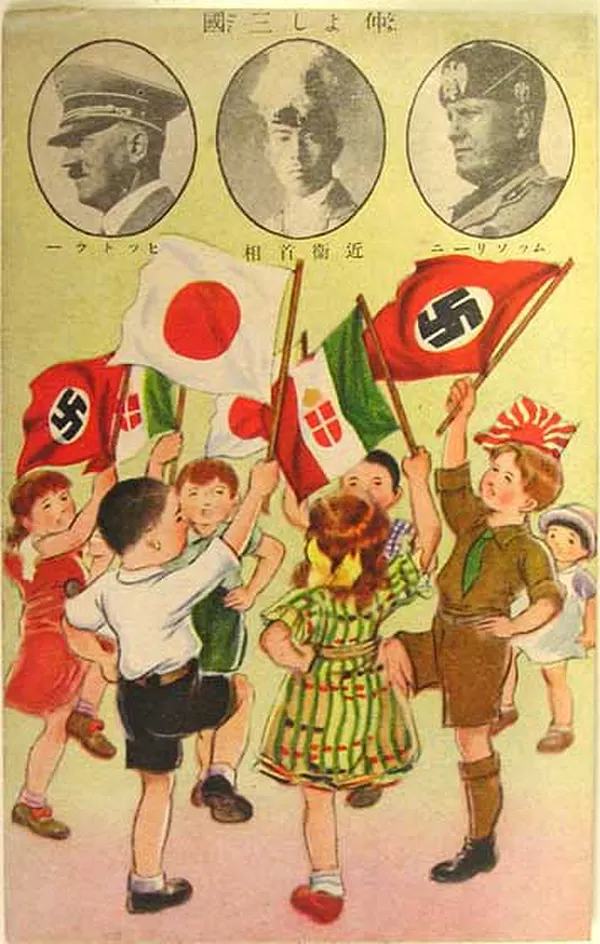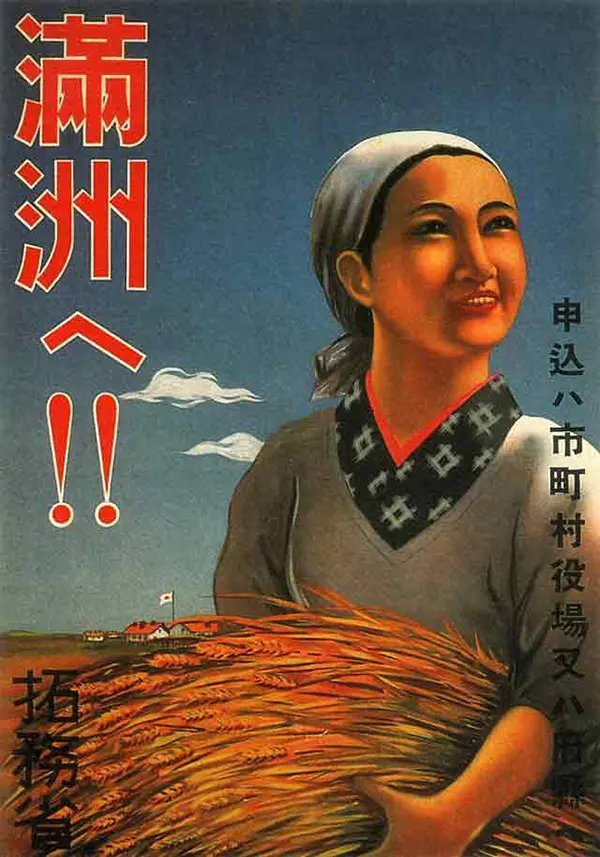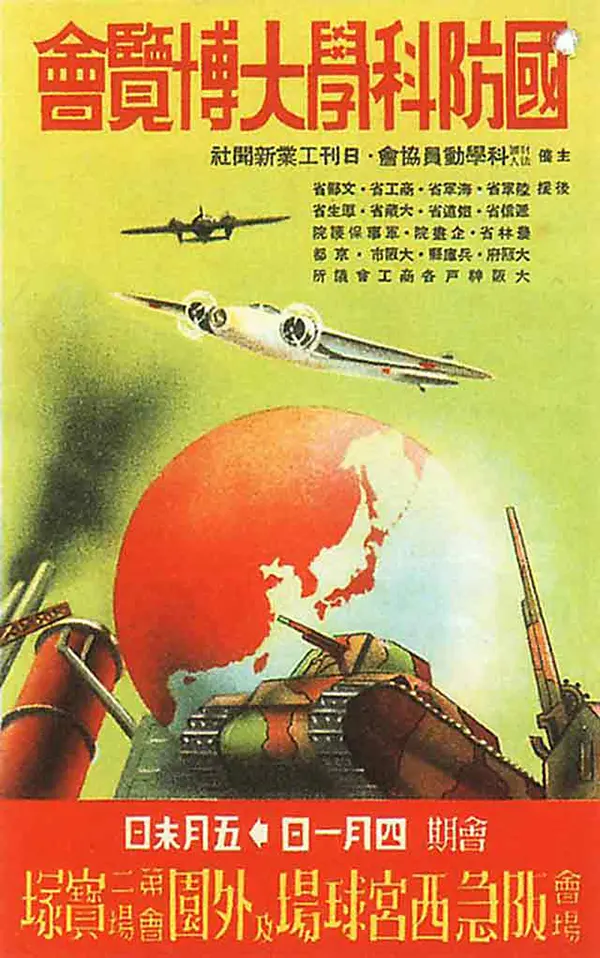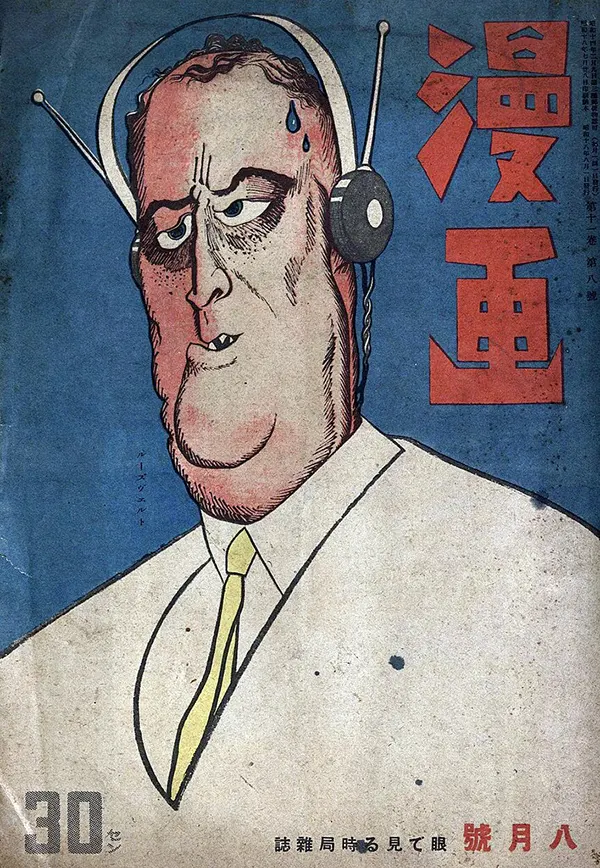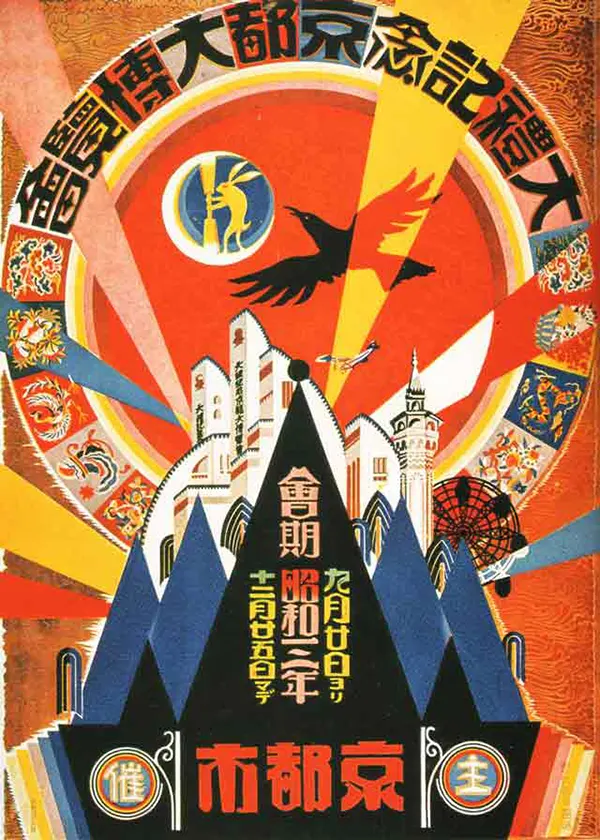During times of war, countries often employ various tactics to bolster support among their citizens and military personnel while simultaneously demoralizing their enemies. One such method, used to particularly potent effect during World War II, was the creation and distribution of propaganda posters. Among the Axis powers, Japan produced a fascinating array of propaganda artwork, distinguished by its unique aesthetic, cultural references, and psychological strategies.
Cultural Aesthetics and Design
Japanese propaganda posters from WWII are immediately recognizable for their distinct style, which is deeply rooted in the country’s artistic and cultural heritage. Unlike the stark, bold imagery often found in Western propaganda of the time, Japanese posters frequently employed traditional artistic techniques derived from centuries-old practices. The use of calligraphy, watercolor-inspired designs, and references to classical Japanese artworks lent these posters a sense of cultural authenticity.
This aesthetic choice was strategic; by incorporating familiar and traditional art forms, these posters evoked a sense of national pride and cultural identity. They often depicted Japan as a nation of spiritual depth and artistic sophistication, contrasting this image with dehumanizing portrayals of their enemies, particularly Western powers, which were often represented as barbaric or grotesque.
Psychological Warfare and International Propaganda
The Japanese military understood the psychological aspects of warfare and used propaganda posters not only for domestic purposes but also within occupied territories and enemy countries. Some English-language posters were aimed directly at Allied troops, intending to lower their morale with messages highlighting the hardships they faced or the alleged futility of their cause. In occupied regions, Japan used propaganda to try to gain the local population’s support or acquiescence, part of a broader strategy of psychological warfare.



